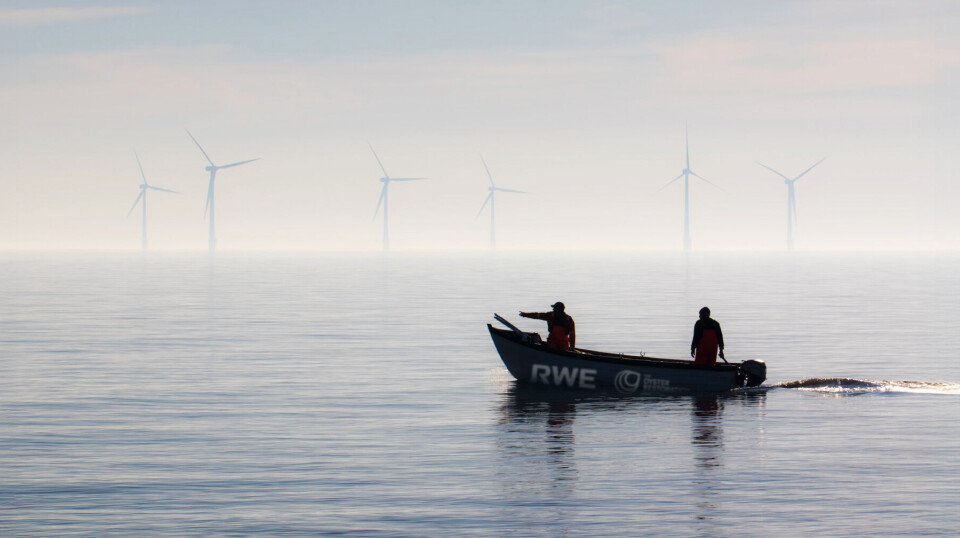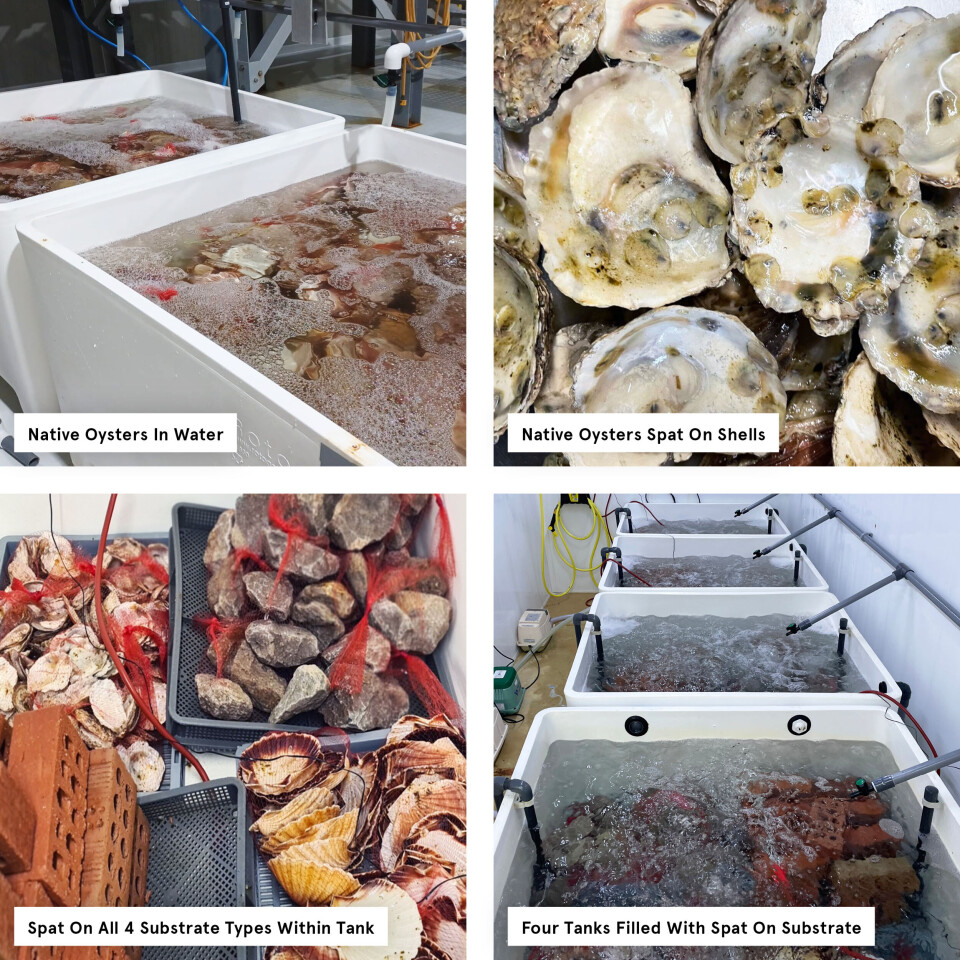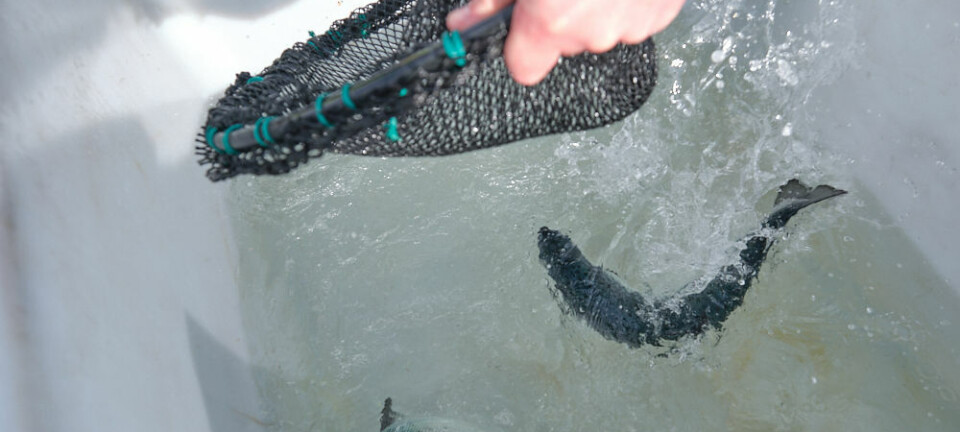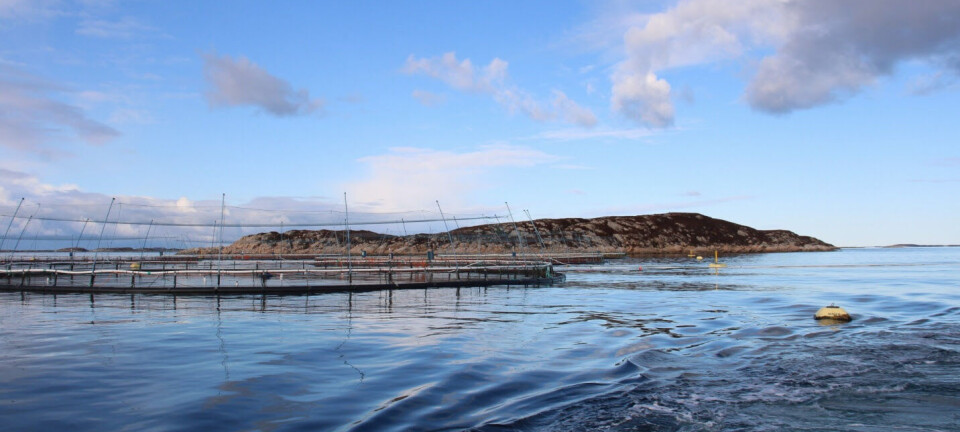
Offshore windfarms 'are suitable site for oyster reef restoration'
The Wester Ross-based Oyster Restoration Company and Germany-headquartered multinational energy company RWE have successfully completed a feasibility programme that proves large-scale native oyster reef restoration can be executed inside offshore windfarms across European waters.
They said it was a step forward for offshore wind developers that are seeking credible, scalable, and verifiable biodiversity solutions at large scale.
Over the six months of the feasibility testing, RWE and The Oyster Restoration Company jointly developed substrate testing and ecological assessments, reef-base engineering solutions and the evaluation of deployment logistics, the analysis of the permitting and regulatory pathways and the blueprint for a monitoring and verification frameworks.
Flat oysters are an important species because they can create reefs that provide food and breeding grounds for many other species. Due to the harmful impacts of factors such as overfishing, pollution, and parasites, only 5% of the pre-industrial population remains across the North Sea.

The project is a research initiative carried out at The Oyster Restoration Company’s hatchery in Aultbea, with the aim to evaluate different natural and artificial hard substrates, such as shells or bricks, and to decide which could be deployed to maximise the creation of new reefs.
“The question is no longer if we can restore oysters at scale offshore” said Dr Nik Sachlikidis, chief executive of The Oyster Restoration Company. “Together with RWE, we’ve combined hatchery capacity, engineering know-how, and science to deliver a pathway for measurable biodiversity gain. Practically, affordably, and now.”
Acting early
Dr Umberto Binetti, marine biodiversity expert at RWE, said: “By acting early, RWE is increasing its preparedness for contributing to benefit marine biodiversity in relation to offshore wind projects. What we have accomplished with The Oyster Restoration Company sets the basis to speed up the deployment process, and provides a tool to facilitate the engagement with all the relevant stakeholders.
“The learnings from this project are expected to support Offshore Wind’s ambitions to contribute to the restoration of important marine habitats across wide areas of the North Sea in the UK and beyond. These efforts are key to driving progress towards Offshore Wind’s target of achieving a net-positive contribution to biodiversity.”
RWE employs around 20,000 people in almost 30 countries worldwide and is investing billions of euros in expanding its generation portfolio, in particular in offshore and onshore wind, solar energy and batteries. It will phase out coal by 2030 and be net zero by 2040.
























































